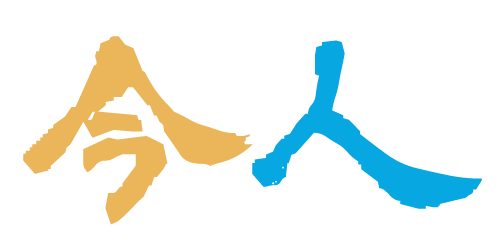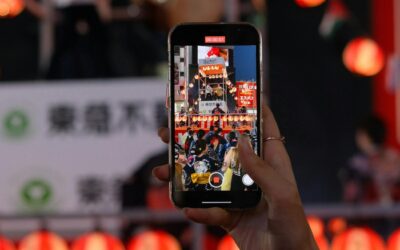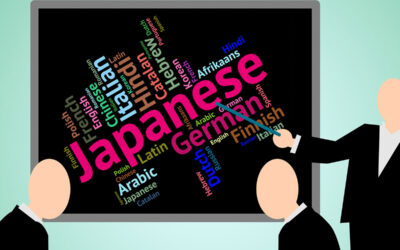When non-Asians look at Japanese websites, it always leaves them confused. First, there is a lot of text and almost no images. Second, it comes across as being designed by someone whose knowledge of web design is amateur at best. But, take a closer look and understand the aesthetics behind it; you will know that it incorporates both content and design flawlessly. It is almost like a piece of art.
The Japanese are meticulous consumers who are not easily swayed by gimmicks and catchy visuals. They rely solely on information about a product or service before they purchase it. That is why you find pages and pages of ‘telling’ rather than ‘showing’.
This does not mean all websites adhere to the same design philosophy. There are a number of minimalist websites, which provide enough information about the company’s services without overloading it with text. Therefore, when designing a website for a Japanese audience, it is important to consider what content has to be shared and who the consumers are going to be.
Things to consider when designing a Japanese website
- Text – Most Japanese websites are textual with very few images in them. It is all about content and information without deviating from the topic with images. While you can play around with the size of Japanese text, there is little you can do with the font style.
- Images – Japanese websites are not devoid of images, mind you. They simply are not used as generously as you would normally see. Even popular sites such as Yahoo have more textual information than images. Still, images are a powerful medium and can convey much more than with regular text.
- Spacing – The limited spacing between letters, columns, and almost everything in a Japanese website often baffles non-Asian consumers. But the native populace is the target audience for the information and are accustomed to such design.
- Color – Japanese companies are more concerned about information reaching their customers than the visual niceties of their website. By using bold colors and accents, web designers can fulfill these requirements and call attention to important details on the website.
- Mobility – Mobility is still in its infancy because of the minimal support for non-Latin languages on many phones. That is changing slowly. Web designers can incorporate minimalist elements while providing all the necessary information.
Japanese web design can be summed up in two words – organized chaos. There’s a lot of color, text, and life in every website and reflects the organized yet lively personality of the Japanese.
Contact Us




